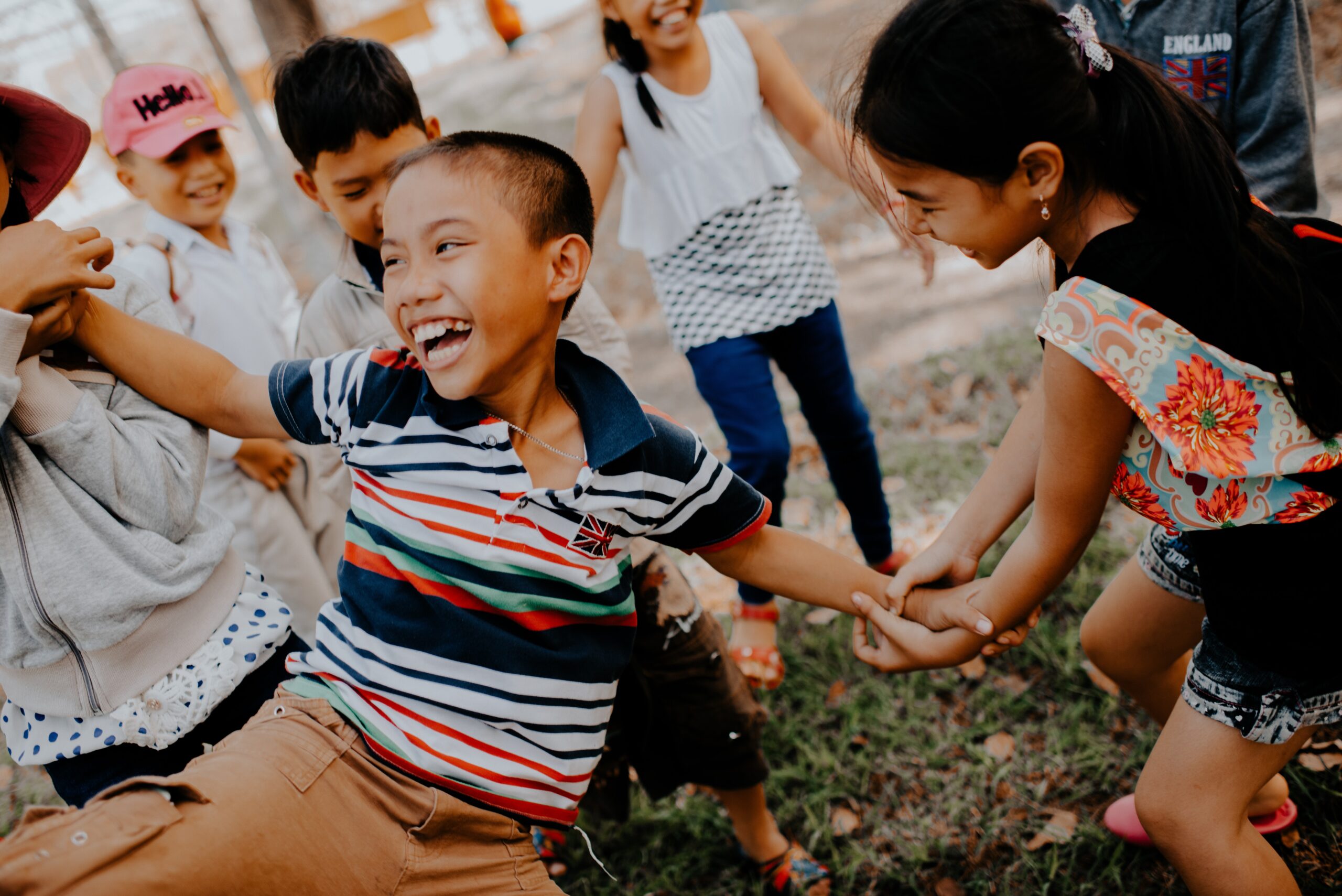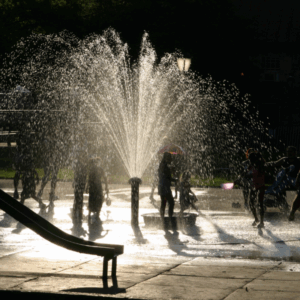An Ounce of Prevention
By Kathy Attar, Engagement Manager, Eco-Healthy Child Care®
As a parent, or caregiver, when you buy products for your children, you expect them to be safe. A 2019 Washington state investigation of children’s products bought on Amazon found that to be untrue. Tests identified dangerous levels of lead and other heavy metals including cadmium in certain children’s costume jewelry and school supplies.
Lead exposure is unsafe at any level. Ingesting tiny (often microscopic) concentrations can permanently damage the developing brains of children.
A new study from Case Western Reserve University followed 10,000 children who experienced elevated blood-lead levels before age 3 through age 23. The study found that adults who had experienced childhood lead poisoning were more likely to be incarcerated, experience homelessness and rely on public assistance than children who had not been poisoned by lead. The study also highlights the demographics that are more likely to experience childhood lead poisoning–the rate of elevated blood-lead levels was highest in Black students.
Black and brown communities are more likely to experience childhood lead poisoning as a result of long-standing structural racism. Structural racism has led to the disparate impact of hazardous waste sites, polluting facilities and poor quality housing stock being located in or near neighborhoods with high concentrations of black and brown people and economically disadvantaged populations.
Structural racism is a term for the many systemic factors that work to produce and maintain racial inequities in the U.S. These aspects of our history and culture allow the privileges associated with “whiteness” and the disadvantages associated with “color” to remain deeply embedded within U.S. public policies and institutional practices.
This latest Case Western Reserve University study reinforces the importance of preventing childhood lead poisoning.
The Lead-Safe Toolkit for Home-Based Child Care helps families and child care providers reduce lead hazards within home settings. The Toolkit is a result of Eco-Healthy Child Care®’s partnership with the National Center for Healthy Housing and the National Association of Family Child Care. It is filled with FREE resources including an eye-catching poster and user-friendly worksheets (soon to also be available in Spanish) that provide easy-to-follow steps for finding out if lead hazards exist in the home and what to do to reduce any exposures.
Exposure to lead in the home can create long-lasting health issues for children including: learning disabilities and loss of IQ. Sources of lead can include: paint, dust, water, soil and consumer products.
Certain children’s items are known to have a higher risk of containing lead, such as: inexpensive metal costume jewelry, antique toys and imported toys. Children, especially infants and toddlers, can mouth these unsafe products–inadvertently ingesting pieces and/or inhaling lead-contaminated dust from these play items – which can then cause irreversible harm. Preventing exposures is key to protecting children’s health.
One quick and easy tip to reduce lead hazards is to stay up-to-date on product recalls by visiting the Consumer Product Safety Commission (CPSC). Checking out CPSC’s website on a regular basis is a great way to keep children safe from lead-contaminated consumer products.
Learn more affordable and effective tips for protecting children from lead in the home setting in the FREE Lead-Safe Toolkit.




